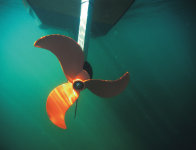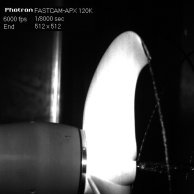|
Top propellers require top motors
Basically, propellers which slowly turn in the water and have a high pitch
and a large diameter, have the highest degree of effectiveness. A large
propeller diameter results in a high propellant flow, while a high propeller
pitch has a positive effect on the additional speed induced by the propeller.
Multiplied by each other, the propellant flow and the induced additional
speed result in the propulsive power of the propeller. On the other hand, an
increasing circulation speed of the propeller results in an increasing loss
of efficiency.
Conventional outboards in
the low-power range fail at using highly-efficient propellers: Either they
do not have enough torque to move large sloped propellers or they do not
have enough elasticity (availability of torque over a large speed range).
Combustion engines are particularly susceptible to a lack of elasticity.
This is because they only have an extremely low torque at small speeds.
Propellers that would normally have a good rate of efficiency within the
efficient range of the motor stall the motor when within low speed ranges.
The rates of efficiency for propellers that can be used for low-power class
combustion engines are therefore limited to 20-30%.
To ensure that the Torqeedo motor can fully exploit its strengths in the
maximum torque and in elasticity, and then covert these into superior
efficiency, the Torqeedo propeller has been carefully adapted to the torque
characteristic of the motor.
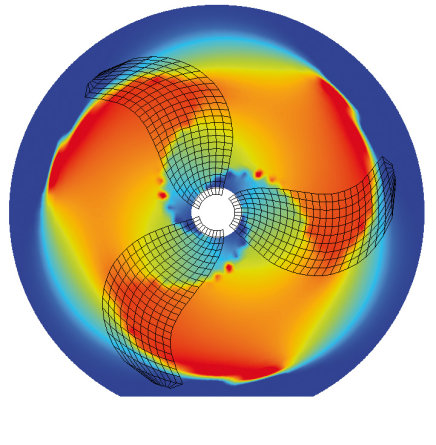
Bleu pour vitesse lente, rouge pour régime élevé
cliquez pour agrandir
Low eddy, high thrust: The Torqeedo propeller from large shipbuilding
The majority of propellers used in recreational activities are based on
series tests that were carried out in the 40’s to 60’s of the 20th century
in the Wageningen test facility in The Netherlands as well as by the US Navy.
The results of these tests have been concretized in general construction
principles and are used by rule of thumb.
On the other hand, the most modern large ships have been equipped for some
years now with propellers that are the result of multi-dimensional
optimization calculations. In contrast to standard propellers, the pitch and
camber of the propeller are not kept (almost) constant across all segments
of the propeller.
Instead, the pitch and camber are optimized based on a vortex grid
calculation for each single segment of the propeller in a stepwise
optimization over many thousand iterations. The additional scope for design
resulting from this allows the additional speed to be induced by the
propeller at the highest rate of efficiency.
Due to these characteristics, the corresponding propeller is designated as a
Variable-Pitch-Variable-Camber (VPVC) Propeller
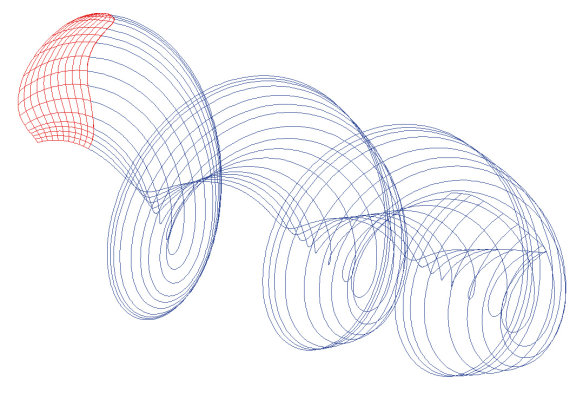
No compromises: hydrodynamic shaft
Torqeedo outboards are
uncompromisingly trimmed to efficiency. This also applies to all fluidic-sensitive
components such as the shaft and the pylon
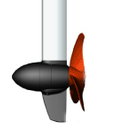
legal mentions - Copyright
Jean-Pierre Masquelier
| 